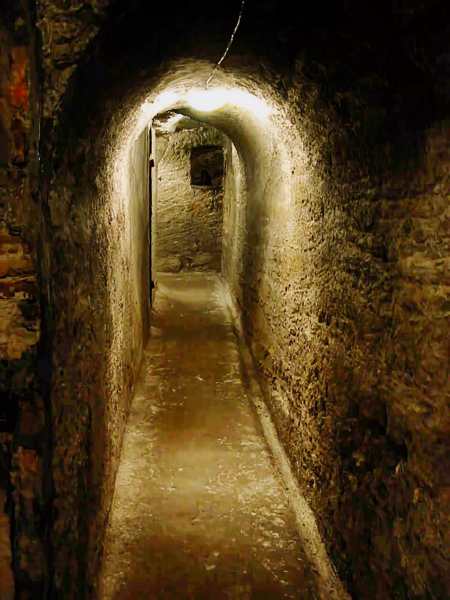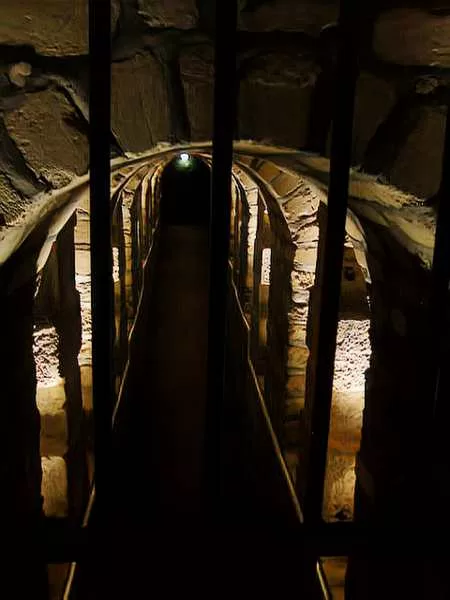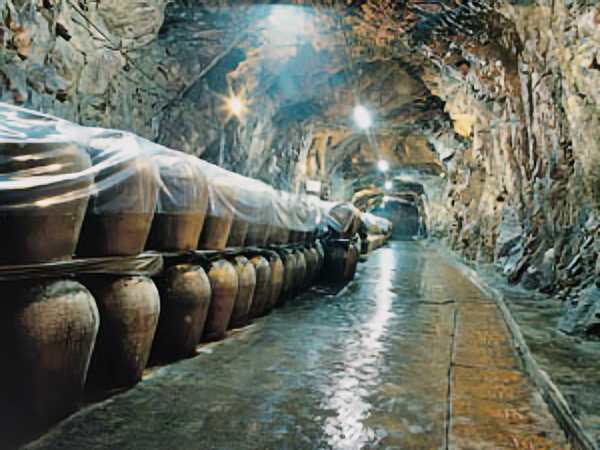Table of contents
Hidden beneath the historical layers of South America and Malta, mysterious cave systems have sparked both awe and fear. These ancient underground realms, shrouded in legend and historical intrigue, offer a glimpse into forgotten civilizations and their dark rituals.
Liyobaa Cave: The Cavern of Death
Deep in the province of Zapoteca, near the ancient village of Mictlan, lies the infamous Liyobaa Cave, or “The Cavern of Death.” Discovered by Spanish Conquistadores and Catholic priests seeking to convert indigenous populations, this cave was once believed to be an entrance to Hell. However, its true nature was more grounded in the complex rituals of the indigenous cultures.

The Temple and Its Chambers
Liyobaa was part of an elaborate temple with eight chambers: four above ground and four below. The upper chambers hosted regular ceremonies for the people of Theozapotlan, while the subterranean levels were reserved for sacred rites conducted by high priests.
The first underground chamber, a grim space for human sacrifices, featured walls adorned with depictions of various deities. In the center stood a blood-stained altar, where victims’ still-beating hearts were offered to stone idols.
Adjacent to this chamber was a crypt for deceased high priests, and beyond that, a burial vault for former kings, complete with elaborate rituals and sacrifices. The final chamber contained a stone slab sealing off a supposed entrance to the underworld. Contrary to the Catholic priests’ belief in a gateway to Hades, this entryway led to a storage area for the bodies of sacrificial victims and fallen warriors.
The Catholic Expedition
Determined to disprove the myth of an infernal gateway, Catholic priests conducted an exploration in the early 16th century. Equipped with torches, a rope, and armed guards, they ventured into the cave. Their descent revealed a wide, stone-paved passage that extended into the earth’s depths, lined with stone pillars and filled with a putrid, dank air. The priests encountered unsettling sights, such as skeletal remains and serpents retreating from the light.
A strong cold wind and inexplicable noises led the priests to retreat hastily, sealing the entrance behind them. To prevent further exploration, they buried the chambers and erased all signs of the cave’s existence.

The Maltese Cave: Hypogeum of Hal Saflienti
On Malta, another underground marvel lies hidden. The Hypogeum of Hal Saflienti, discovered in 1902 near the village of Casal Paula, is a labyrinthine network of caves dating back to the Neolithic period. The entrance was uncovered by workers digging a well, revealing an intricate subterranean structure.
Ancient Art and Rituals
The Hypogeum consists of three main levels, each with distinct features. The uppermost level contained primitive art created with red ochre, depicting diamond shapes and elongated ovals. As explorers descended, they encountered rooms with circular stone altars, niches carved into walls, and narrow passageways.
One of the most intriguing features is the “Oracle,” a hemispherical hole in the wall that amplified voices, creating a resonating effect throughout the cave system. This eerie acoustic phenomenon likely played a role in the cave’s ceremonial use, frightening the ancient inhabitants into sacrificial rites.
Mysterious Disappearances
The cave system’s eerie reputation was further fueled by the mysterious disappearance of a school teacher and 30 students in the 1960s. While exploring the caves, they vanished, and despite extensive search efforts, no trace was found. Reports of wailing and screaming persisted, adding to the cave’s enigmatic allure.
Legends and Speculations
Local legends suggest that the Hypogeum’s tunnels once connected to the catacombs of Rome. Given the seismic activity that reshaped the Mediterranean region, it’s plausible that these ancient tunnels were sealed off during cataclysmic events.
Additionally, mysterious symbols on a monolith in Peru and cryptic references in ancient texts hint at a broader network of underground passages across South America, connecting regions far beyond their current locations. Some researchers even speculate that these tunnels might have linked to a lost civilization’s subterranean network.
The Quest for Truth
Both the Liyobaa and Maltese caves captivate with their blend of historical fact and legend. While much remains unknown about these subterranean realms, ongoing research and exploration continue to shed light on their ancient mysteries.
In the quest to uncover the truth behind these enigmatic sites, the interplay of historical records, local legends, and modern archaeological discoveries will likely continue to intrigue scholars and enthusiasts alike.

